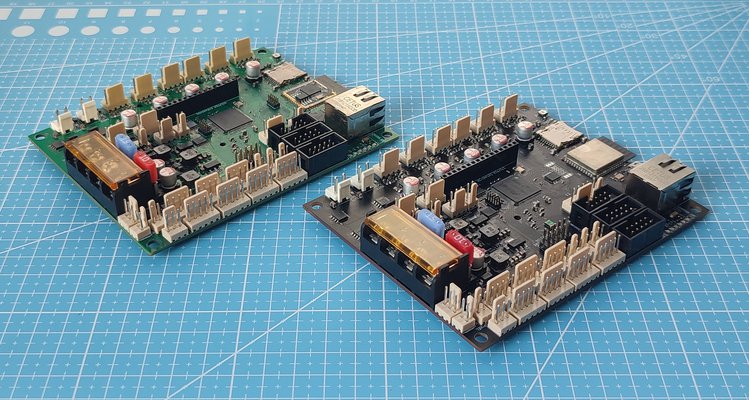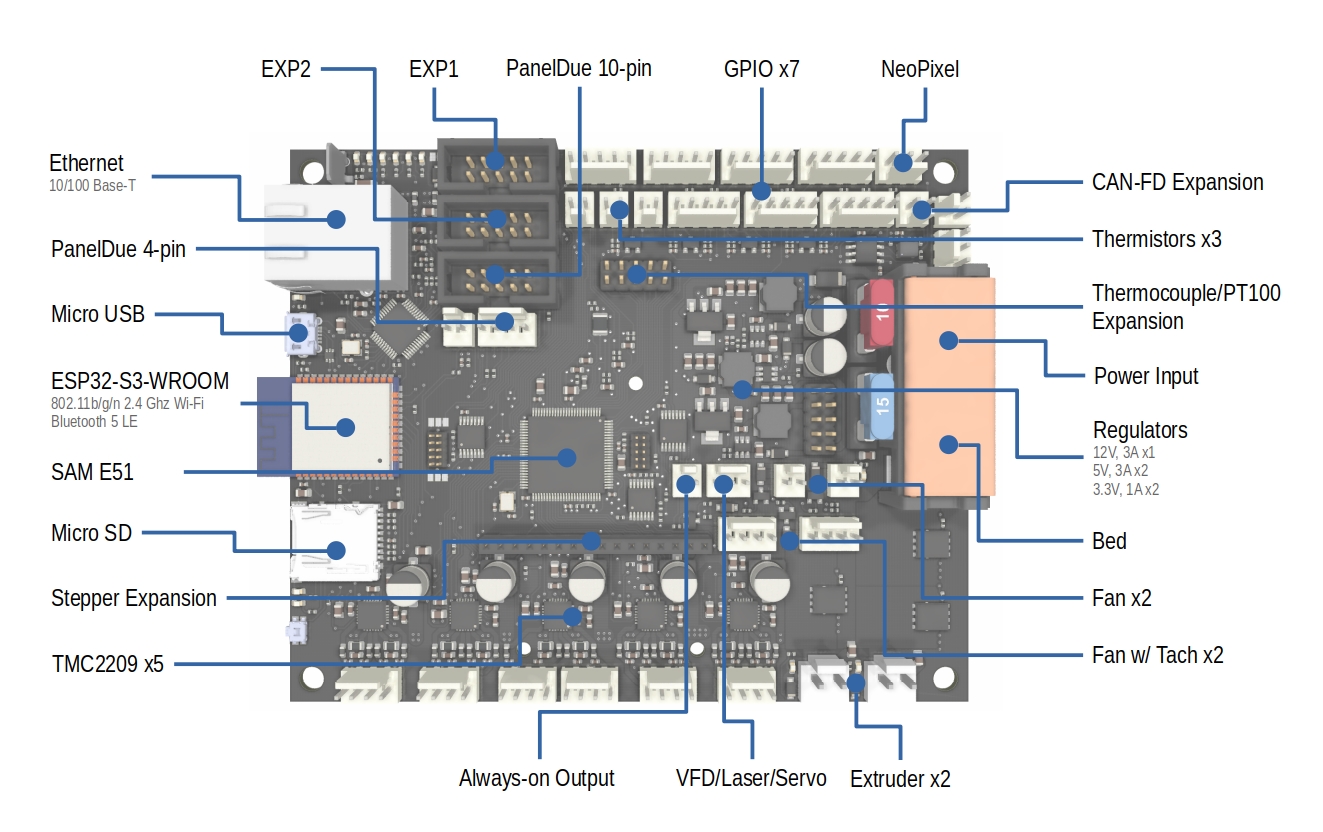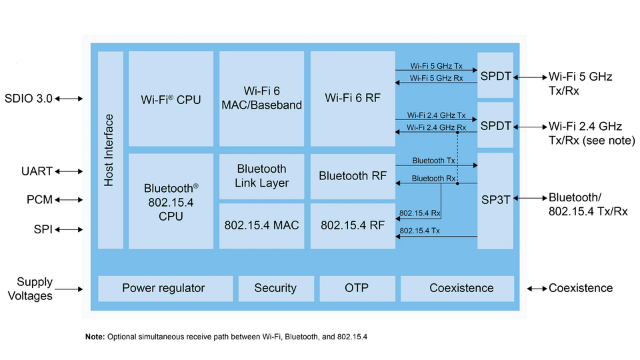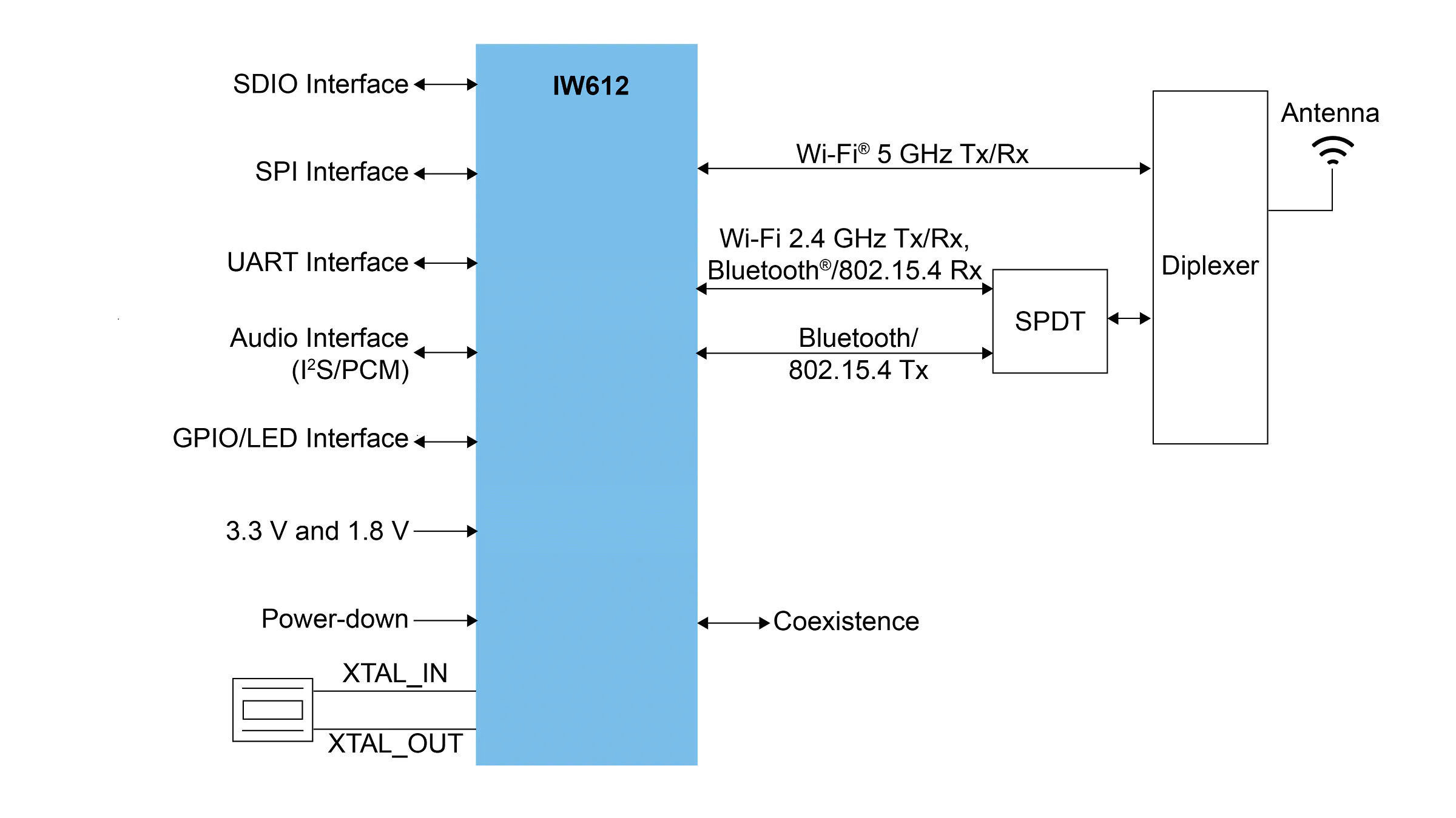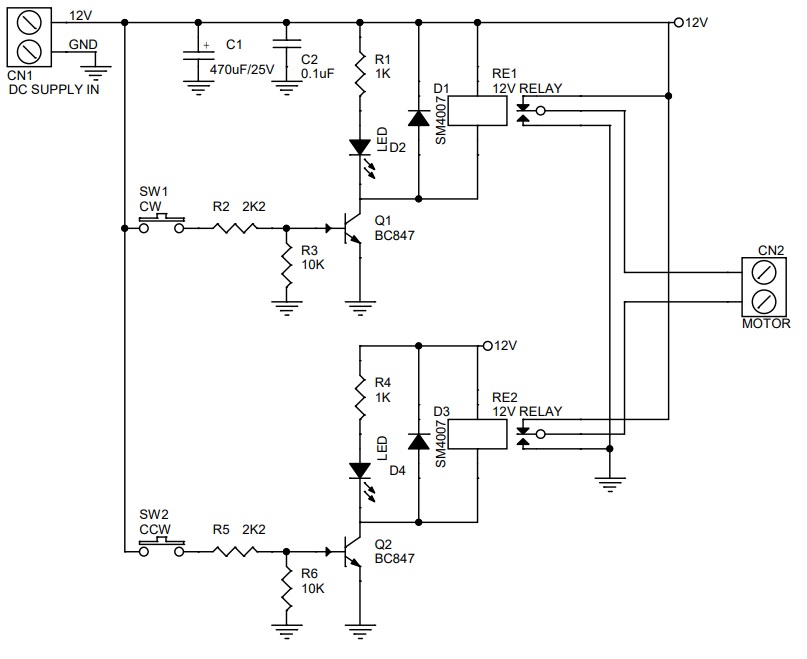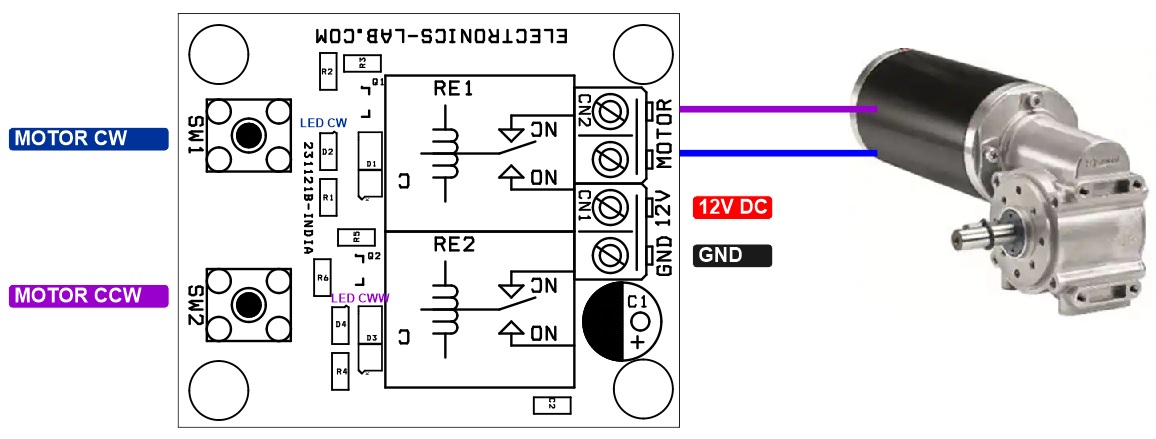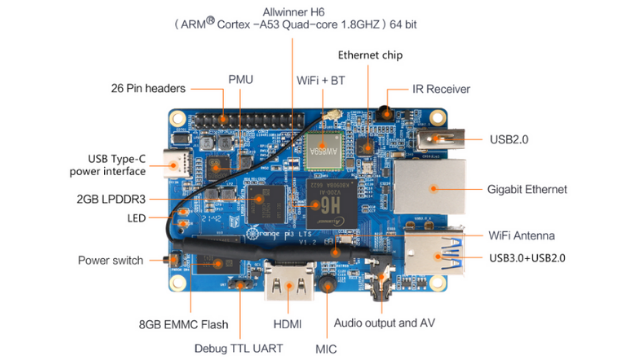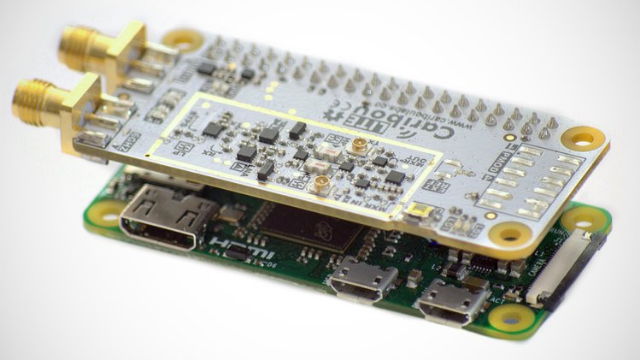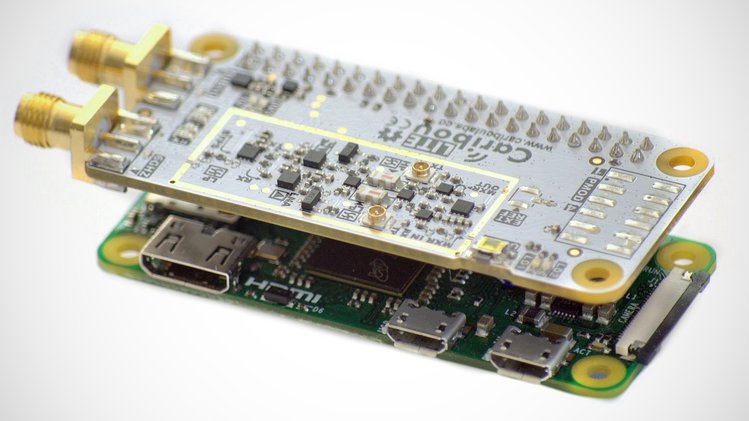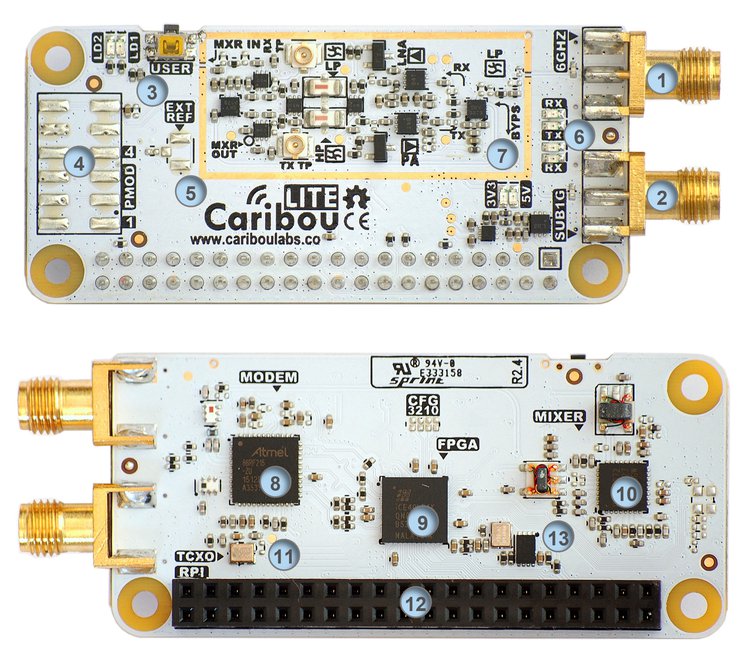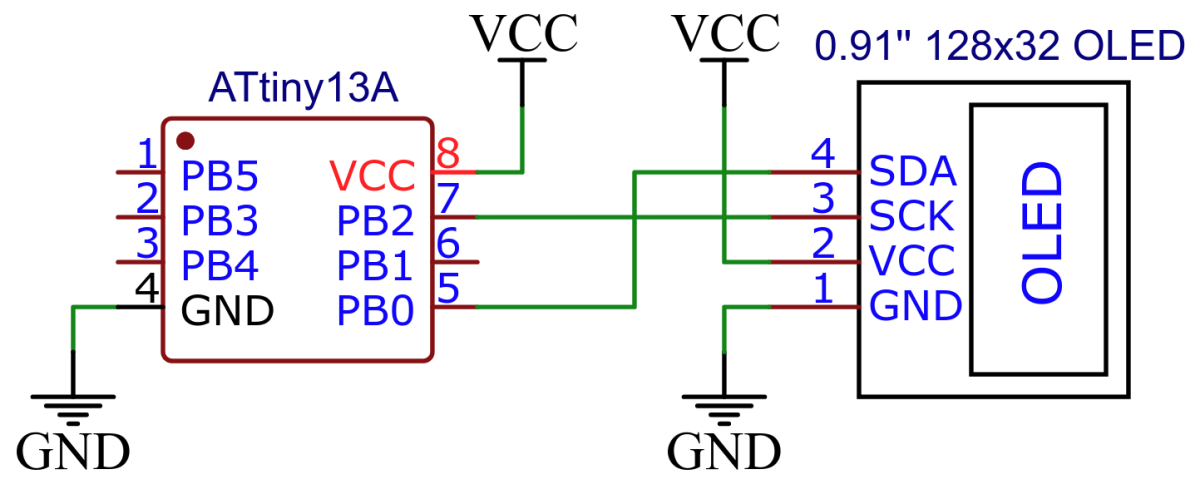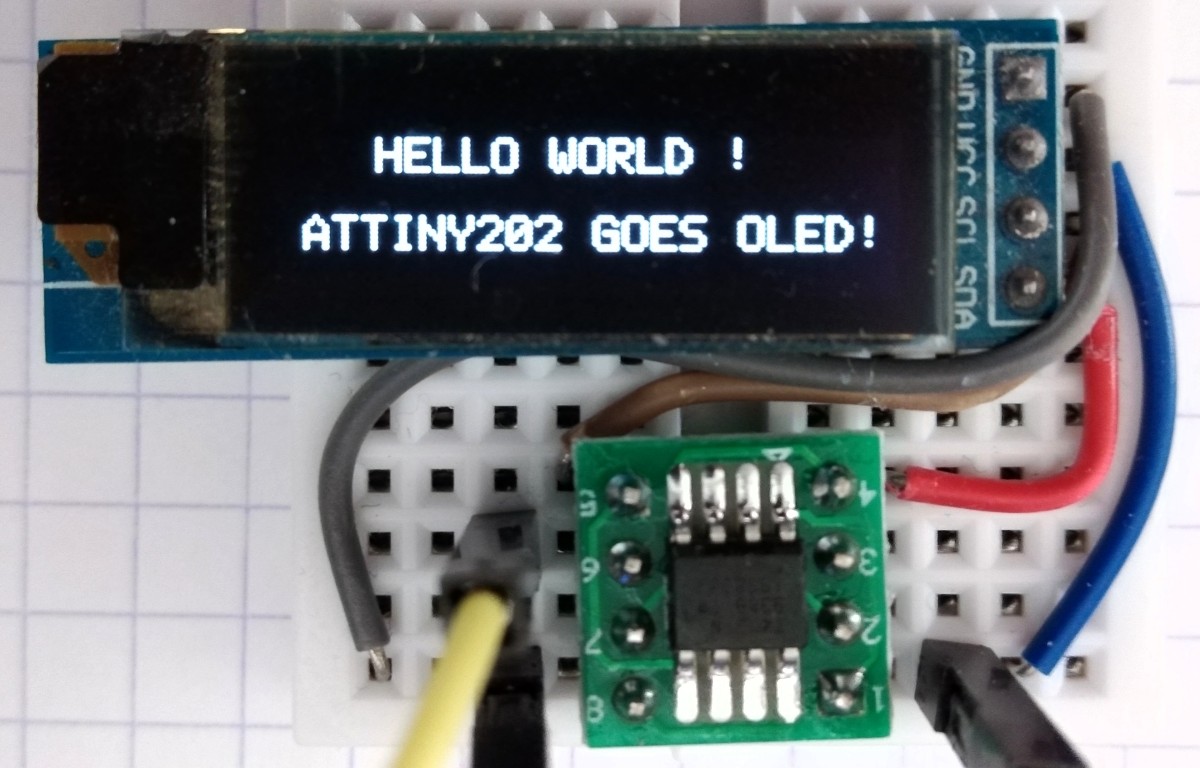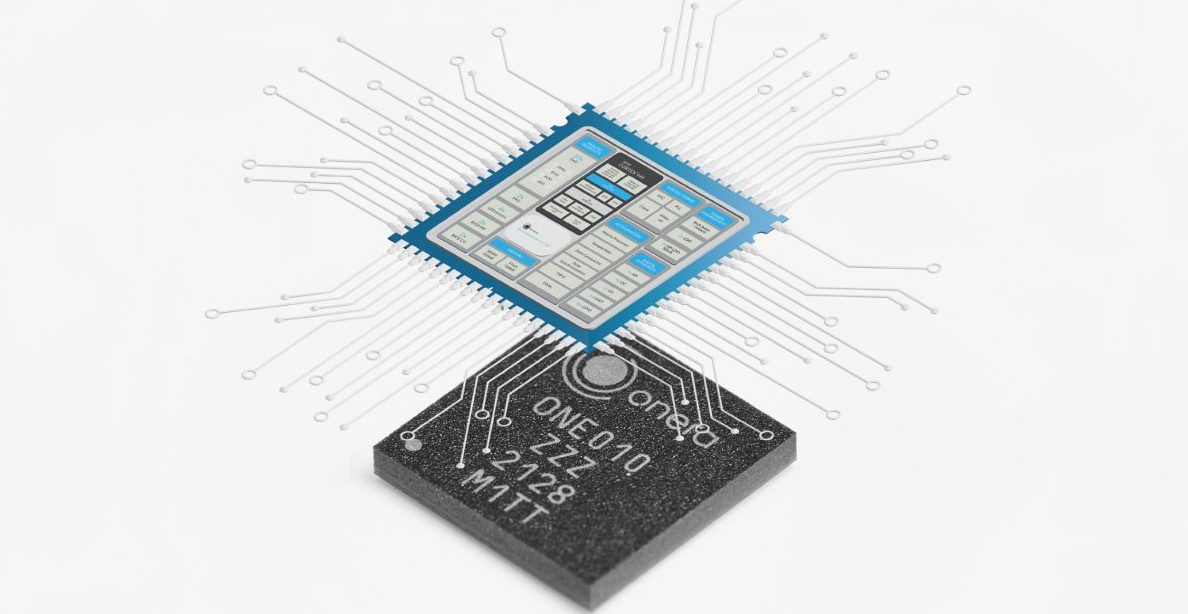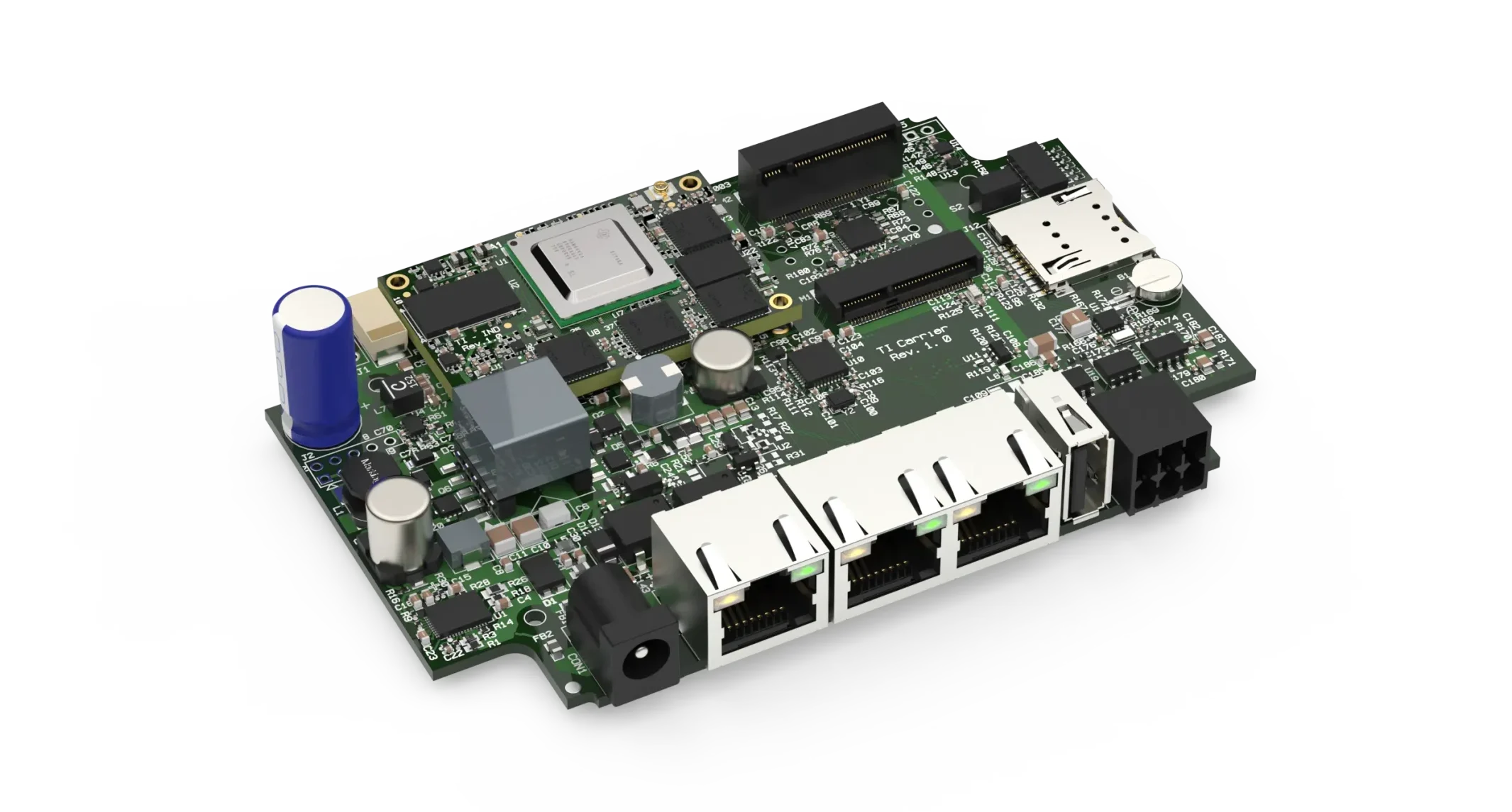
With the rising demand for embedded edge computing devices, SolidRun has expanded its hardware ecosystem with its newly launched System-on-module (SOM) and Single Board Computer (SBC) series. The products – Sitara AM6442R SOM, Sitara AM6442A SOM, and HummingBoard-T AM64X SBC have specifications to Specially support cost-effective, real-time, and low latency industrial solutions.
The Sitara AM6442R and Sitara AM6442A SOMs are designed based on Texas Instruments (TI) AM64X processors to offer precise real-time processing and multi-protocol industrial Ethernet solutions. These devices come with 2x Arm Cortex-A53 cores, 4x Cortex-R5F, and one isolated Cortex-M4 core processor. The Arm Cortex-A53 comes with a 1.0GHz clock speed and aims at handling OS and application processing, the Cortex-R5F running at 800MHz is for real-time data computing, the Cortex-M4 core with 400MHz speed is to deal with error monitoring and management. Both SOMs feature an onboard 8GB eMMC storage and a 1GB DDR4 with inline ECC safety protocol. They also feature 2x Gigabit industrial subsystems (PRU-CSSG) for industrial Ethernet solutions, Gen 2.0 PCle, USB 3.0, SPI, I2C, CAN, ADC, PWM, GPIOs, JTAG, Hirose DF40 connectors, and M2M communication support. But, while the Sitara AM6442A has no UART, the Sitara AM6442R has up to 9 UART for handling serial communication. The duo SOM takes in 5V as supply voltage and 3.3V as I/O voltage.
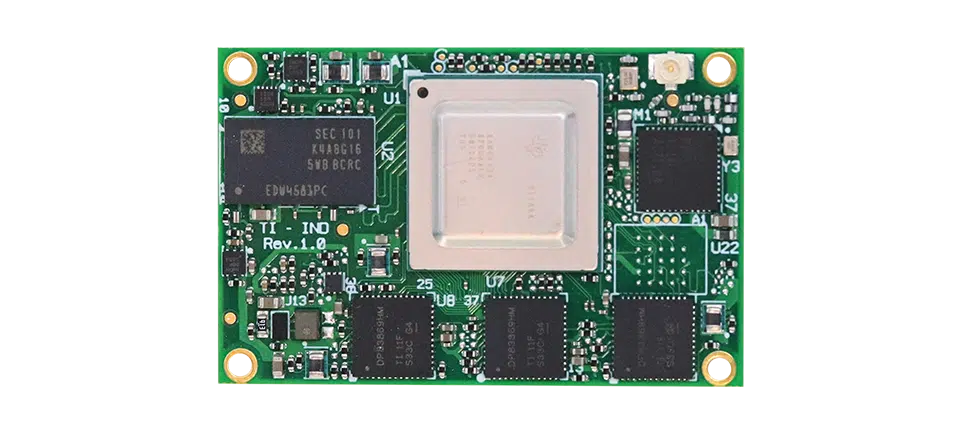
Highlights and Specifications of Sitara AM6442R and AM6442A SOM:
- CPU: Texas Instruments Sitara AM6442 processor with 2x Cortex A53 cores @ 1.0 GHz, 4x Cortex R5F cores @ 800 MHz, 1x isolated Cortex M4 core @ 400 MHz
- Main Voltage: 5V
- I/O voltage: 3.3V
- System Memory: 1GB DDR4 with inline ECC
- Storage:
- 8GB eMMC
- Optional QSPI flash (AM6442A only)
- Networking:
- AM6442R
- 1x 10/100/1000 Mbps (PRU ICSSG, Supporting: TSN, EtherCAT, PROFINET, Ethernet/IP)
- Optional WiFi/Bt (WiLink)
- AM6442A
- 1x 10/100/1000 Mbps
- 2x 10/100/1000 Mbps (PRU ICSSG, Supporting: TSN, EtherCAT, PROFINET, Ethernet/IP)
- Optional TI CC1312 SimpleLink sub 1GHz wireless MCU
- Hirose DF40 connectors (x3):
- External Storage – NOR Flash, 2x SD/MMC, PCIe SSD
- Networking – Up to 3x Gigabit Ethernet
- USB: USB 3.0 (x1)
- PCIe: 1x PCIe (Gen 2.0)
- I/Os
- 4x I2C, 1x SPI, GPIO, PWM, 2x CAN
- Up to 9x UART (AM6442R only)
- Debugging: JTAG
In addition, the Sitara AM6442X SOM supports Linux OS and is suitable for the development of industrial solutions like factory automation, gateways, industrial robots, and machinery, etc. Public source code on the SOM is available on the Company’s GitHub repository. You will find assistance on how to start using the SOM and use reference designs on SolidRun’s Developer Center.
For easy development and prototyping with the AM6442x SOMs, SolidRun offers two SBCs as carrier boards, the HummingBoard-T AM64X Base and the HummingBoard-T AM64X Pro carrier boards to support the AM64X SOMs. The carrier boards feature 1GB DDR4, 8GB eMMC, GPIO header, USB 3.0 I/O, CAN-FD I/O, and RS485/RS232 I/O. All public source code and documentation on the boards point to SolidRun’s GitHub repository and Developer Center.

Highlights and Specifications of HummingBoard-T AM64X Carrier Board:
- CPU:
- TI Sitara AM6424 Arm Cortex A53 Dual core @ 1GHz + 4 x Cortex R5 @ 800MHz + 1 x Cortex M4 @ 400MHz, with 1GB RAM, 8GB flash
- Power Supply: 9V-36V (DC)
- Networking:
- HummingBoard-T AM64x Base:
- 1x 10/100/1000 Mbps (PRU ICSSG, Supporting: TSN, EtherCAT, PROFINET, Ethernet/IP)
- Optional WiFi/Bt
- 1x Optional Cat 4 LTE with SIM Holder
- HummingBoard-T AM64x Pro:
- 1x 10/100/1000 Mbps
- 2x 10/100/1000 Mbps (PRU ICSSG, Supporting: TSN, EtherCAT, PROFINET, Ethernet/IP)
- 1x Optional Cat 4 LTE with SIM Holder
- 1x CC1312 SimpleLink 1 GHz wireless MCU (on-module optional)
- USB: USB 3.0 interface (x1)
- Serial I/Os: 2x CAN-FD, 2x RS485/RS232
- Expansion: M.2 socket and GPIO header
- Debugging: Internal console port
- Misc:
- Indication LEDs, user pushbuttons, RTC with battery backup, Optional battery charger, Optional 802.3af POE PD (HummingBoard-T AM64x Pro only)
For more information and purchase, you should visit the AM64X products page and the HummingBoard-T AM64X Base and Pro page. The Products pages have other information like block diagrams, datasheets, and more.

